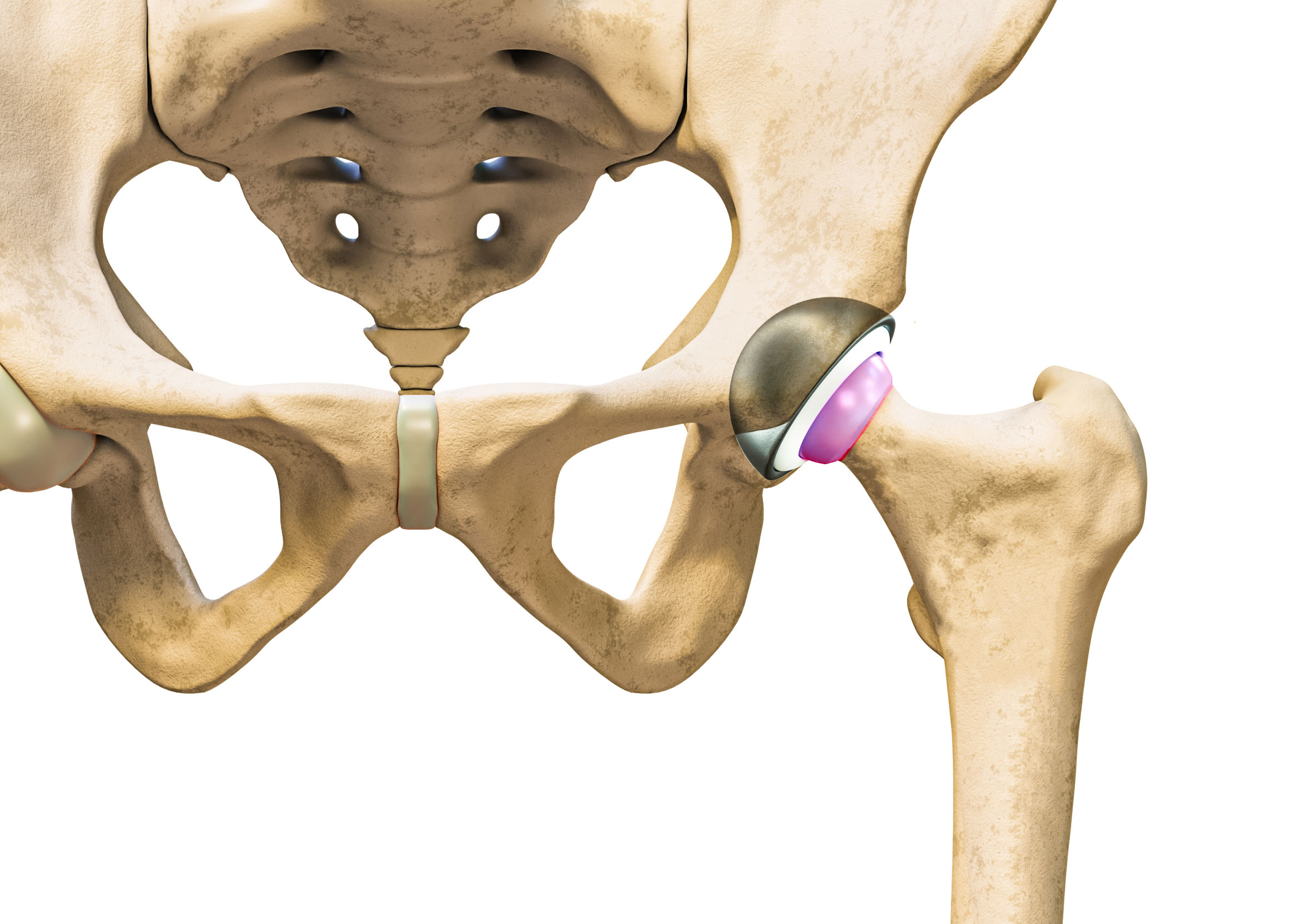
Hip resurfacing using the metal-on-metal material (MoMHR) have been highly successful in younger male patient but poorer results have been reported in women and those with smaller femoral head sizes. Ceramic-on-ceramic hip resurfacing (CoCHR) has emerged as a promising alternative. This study sought to examine whether CoCHR could overcome the limitations of its metal predecessor, focusing especially on whether sex or implant size influenced outcomes.
Over a five-year period, 604 patients from five countries—most of them under the age of 55—underwent resurfacing using the ReCerf hybrid ceramic system. These patients, spanning both sexes and a wide range of femoral head sizes, were followed with meticulous clinical review, radiographic surveillance, and the assessment of patient-reported outcome measures such as the Oxford Hip Score (OHS) and UCLA activity scale.
The results were encouraging. With a mean follow-up of just over four years and some patients tracked for over six, the five-year survival rate of the implant reached 98%. Crucially, neither being female nor having a smaller femoral head size significantly increased the risk of revision surgery. This was a marked contrast to the historical performance of MoMHR devices, where females and those with head sizes under 50 mm were much more likely to face complications or early implant failure.
Revisions did occur, but the reasons were largely unrelated to the ceramic device itself. Some were due to misdiagnosed pain, fractures from early return to impact activity, or implant positioning rather than device design. Only one revision hinted at a potential implant issue—a detachment of the hydroxyapatite coating on the cup’s reverse side—but this did not recur in later patients and appeared to be an isolated anomaly.
Patients also reported significant improvements in hip function and activity levels. Both male and female patients experienced substantial gains in their OHS and UCLA scores at the two-year mark, with males reporting slightly higher activity levels postoperatively. These functional gains matched or exceeded those found in total hip arthroplasty and earlier hip resurfacing studies.
The study positions CoCHR as a viable and perhaps preferable option for younger, active patients—especially those previously excluded from MoMHR due to risk factors like smaller anatomy or female sex. While the researchers acknowledge the limitations of a retrospective design and relatively short follow-up for some patients, they conclude that the early results are highly promising.
As with all new technologies, long-term data will be essential to confirm these trends. But for now, CoCHR appears to provide a durable, functional, and safe alternative to its metal predecessors, opening the door for broader use in patients historically considered high risk.
https://pubmed.ncbi.nlm.nih.gov/40588274/
